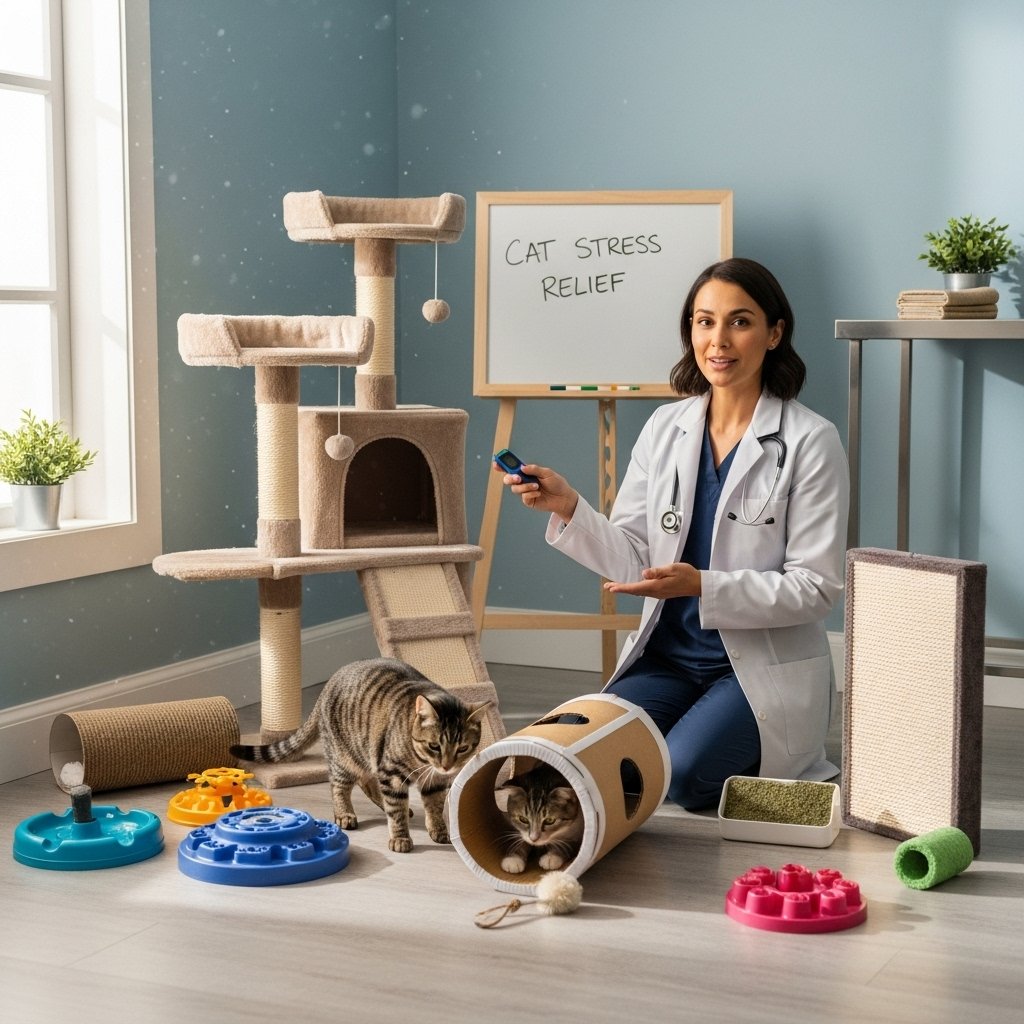
Why Do Cats Love Boxes? Science Behind the Obsession
If you’ve ever bought your cat a fancy new toy or bed only to watch them ignore it in favor of the cardboard box it came in you’re not alone. Cats’ obsession with boxes is one of the great mysteries of pet parenthood.
The truth is, there’s solid science and psychology behind why cats can’t resist climbing inside boxes, bags, or even laundry baskets.
Let’s explore the fascinating reasons why boxes make cats feel so safe, happy, and entertained.
The Safety of Enclosed Spaces
Cats are both predators and prey in the wild. This dual role makes them crave safe, enclosed spaces where they can observe without being seen.
- Boxes provide cover → Cats feel protected from threats.
- One way in, one way out → Helps them control their environment.
- Less exposure → Reduces stress levels in new or noisy places.
Studies show cats housed with boxes in shelters adapted faster and showed lower stress than cats without boxes.

Stress Relief and Comfort
Boxes act like natural stress-relievers for cats. When life feels overwhelming new environments, visitors, loud noises cats retreat to boxes for peace and security.
- Reduces cortisol (stress hormone)
- Provides warmth and comfort
- Acts as a personal “safe room”
That’s why even at home, your cat may choose a box over a cozy cat bed.
The Appeal of Warmth
Cardboard is an excellent insulator, and cats love warmth. A box traps body heat, creating a mini sauna-like environment perfect for curling up.
Fun fact: Cats’ ideal ambient temperature is around 86–97°F (warmer than humans prefer), which explains their love for sunbeams, laptops, and you guessed it boxes.
Curiosity and Play Instincts

Cats are natural explorers. Boxes provide an outlet for their curiosity and hunting instincts:
- Peeking over box edges simulates stalking prey.
- Jumping in/out mimics ambush behaviors.
- Scratching and biting satisfy natural urges.
Boxes aren’t just hiding spots they’re built-in playgrounds.
The “If I Fits, I Sits” Phenomenon
Cats don’t care if the box seems way too small. The snug fit actually calms their nervous systems by creating gentle pressure (like a weighted blanket for humans).
This explains why cats love sitting in sinks, baskets, and even taped squares on the floor.
Boxes as Social Buffers
In multi-cat households, boxes can help reduce tension:
- Provide private spaces for each cat.
- Reduce face-to-face confrontations.
- Encourage peaceful coexistence.
Shelters often use boxes to improve cat welfare and reduce stress-related illnesses.
Are Boxes Good for Cats?
Yes, boxes are more than just funny photo ops. They’re beneficial for:
- Mental health → Reduces anxiety and boredom.
- Physical health → Promotes play and exercise.
- Bonding → Cats may feel more secure exploring their environment.

DIY Box Fun for Cats
Want to enrich your cat’s environment? Try these box activities:
- Box Maze → Connect multiple boxes with cut-out doors.
- Hide-and-Seek → Place toys or treats inside for discovery.
- Scratching Station → Add cardboard inserts for scratching.
- Cozy Den → Line with soft blankets for naps.
Rotate boxes regularly to keep things exciting.
When to Be Careful
While boxes are safe overall, keep in mind:
- Remove staples, tape, or sharp edges.
- Don’t use boxes with chemical residue (like fruit boxes).
- Avoid very small boxes that could trap or stress your cat.

Final Thoughts
Cats’ love of boxes isn’t random it’s rooted in instincts, comfort, and science. Boxes provide safety, warmth, stress relief, and entertainment, all in one affordable package.
So next time your cat ignores the expensive new toy and curls up in the cardboard shipping box smile. To them, it’s not just a box. It’s a fortress, playground, and sanctuary all at once.



